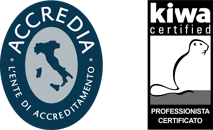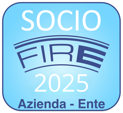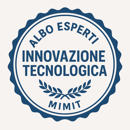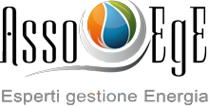Quotes like “to measure is to know,” “if you cannot measure it, you cannot improve it,” and “what gets measured gets done” are often credited to William Thomson, later known as Lord Kelvin. These ideas have been instrumental in driving advancements across numerous fields. Whether in science, engineering, sports performance, or business, measurement underpins progress and has evolved into modern practices such as data science and analytics, often enhanced by machine learning and artificial intelligence.
Using data to drive decisions offers significant advantages. On an individual level, it encourages employees to concentrate on key measurable outcomes—be it sales revenue, defect counts, research funding, publications, or teaching evaluations—all aimed at bolstering overall organizational performance. In building management, data can lead to more efficient operations; for instance, integrating building management systems with data analytics software can improve maintenance routines, energy efficiency, and indoor environmental quality.
Smart buildings depend heavily on data, but since “garbage in leads to garbage out,” the choice of what to measure is critical. The variables tracked must logically and reliably correlate with the desired results. In lighting design, there’s often an overemphasis on what is easiest to quantify—like horizontal illuminance—even though it seldom fully captures the broad benefits of quality lighting.
This narrow focus on easily measurable parameters can hinder creativity and innovation in lighting. While lighting is rooted in science and engineering, it also plays an artistic role in shaping environments—evoking emotions, guiding attention, directing movement, supporting health, and sparking delight. This isn’t to dismiss the value of data, but rather to caution that an overreliance on metrics can lead to unimaginative, formulaic solutions—comparable to creating architectural “pop music” that, while competent, lacks depth.
The current tension in lighting design highlights our ongoing journey in understanding how light affects people, plants, animals, and objects. Because existing measurements do not fully capture these effects, lighting research has a long road ahead. Meanwhile, designers maintain an edge, as their ability to blend technical precision with artistic vision cannot be entirely reduced to today’s metrics.
† The full quote is: “I often say that when you can measure what you are speaking about, and express it in numbers, you know something about it; but when you cannot measure it, when you cannot express it in numbers, your knowledge is of a meagre and unsatisfactory kind; it may be the beginning of knowledge, but you have scarcely, in your thoughts, advanced to the stage of science, whatever the matter may be.” (Thomson Citation1889).
Previous article
View issue table of contents
Next article
Reference
Thomson W. 1889. Popular lectures and addresses in three volumes. Volume 1 constitution of matter. London (UK): MacMillan and Company. Electrical Units of Measurement. p. 73–74.
https://archive.org/details/popularlecturesa01kelvuoft/page/72/mode/2up







